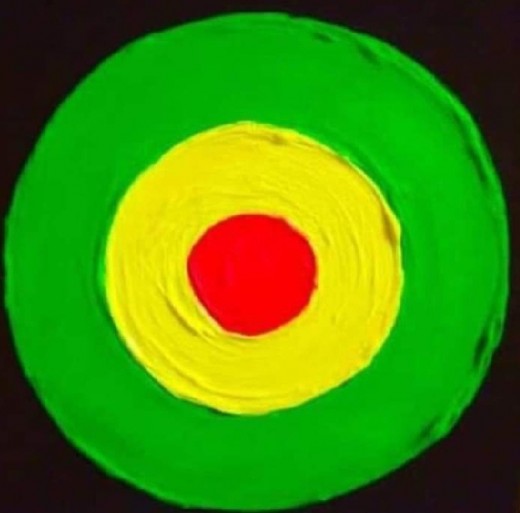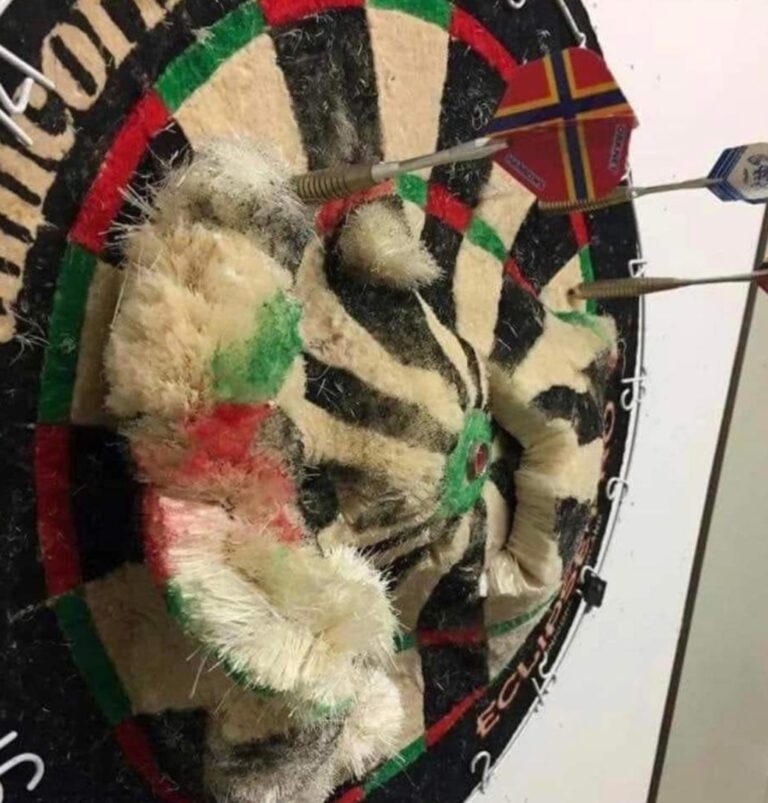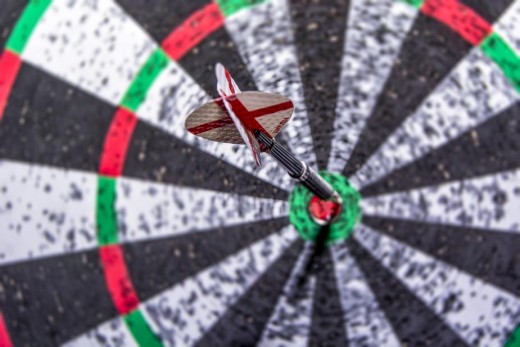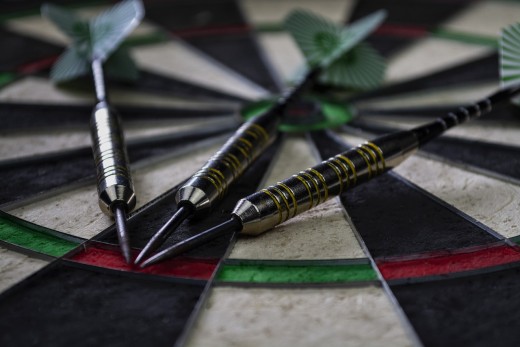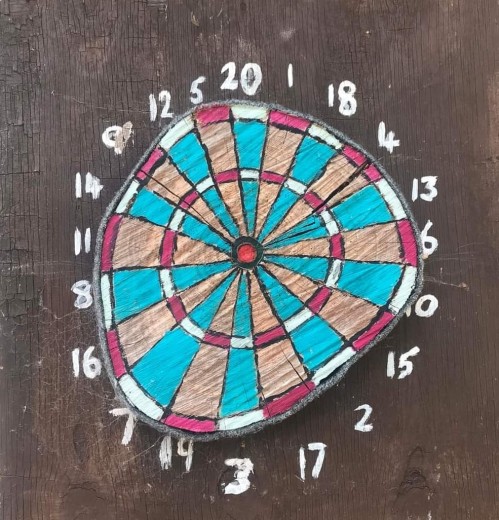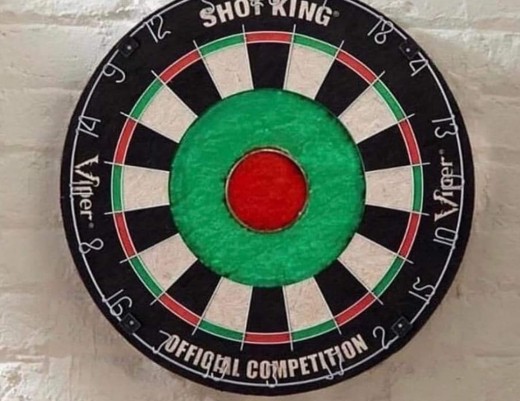January 1, 2007
Column 280
Darts in the Islamic Republic of Iran
While I had hoped business travel might coincide with the 13th staging of the Asia Pacific Cup in Kuala Lumpur in September, it was not to be. News reached me fast however and I was pleased to learn that my old Filipino friend Ramon Sabalboro just missed the quarter finals in the Men’s 501 Singles. Three Filipinos including Lourence Ilagan and Rizal Barellano made the final eight, testament yet again to the talent and depth of talent to be found on the archipelago.
As expected, New Zealand increased their winning streak to four and will be the odds on favorite to make it five when they host the tournament in 2008.
But there was a surprise. Among the countries competing (Malaysia, Japan, Singapore, China-Hong Kong, Pakistan, Brunei-Darussalam and the Philippines) was a newcomer to the darting scene – the Islamic Republic of Iran. They came to play and they didn’t disappoint.
“I met the President of the Iran Darts Association (IDA), Masoud Zohouri, at the manager’s meeting the day before the tournament began,” wrote my buddy Steve Dorotheo, one of the managers of the Filipino team. “They were dressed formally in suits, guardedly sociable, but brimming with enthusiasm at the state of darts in their country. We were all held in disbelief by their claims of having more than 200,000 regularly playing members.”
“During the tournament,” he continued, “the Iranian players, four men and two women, were deadly serious. The males were dressed in common player’s garb but the women wore traditional robes marked only by team badges. There was a contingent, including Iran’s Deputy Minister of Sport, which cheered them on lustily and erupted in shouts, announcing to all each victory.”
By the tournament’s end the Iranian team, in its first ever international outing, had more than marked its arrival. Both of its female members, three-time Iranian national champion, twenty-one year old Sahar Zohouri, and twenty-five year old Marjan Karegar Jedi, placed strong. Jedi finished fifth in the Ladies 501 Singles and Zohauri lost in the finals. Said Zohauri afterwards to reporters Kay Biouki and Harry de Quetteville of the UK’s Telegraph newspaper, “When I started playing darts I wanted to be the best in Iran. Then I wanted to be one of the best in Asia. Now I am thinking about the world and want a top three in the world championships.”
When I later posed through an intermediary the (perhaps politically incorrect) question to Zohouri and Jedi if they felt they were at a disadvantage because of the clothing they were required to wear Zohouri replied, “My hijab doesn’t affect me in any way. I am a Moslem girl and my prophet Mohammed is recorded in the traditions, or hadiths, as saying ‘Practice throwing arrows, swimming and horse riding and I am with all of you.’”
Said Jedi, “When I play darts I don’t think about other things. It is as if I am not in this world. I forget all my problems and everything around me and just think about my darts. My dart looks like a ship and the flight is the sail of the ship. I am the captain who must lead the ship to harbor.”
So what once would have seemed impossible now seems entirely possible. Darts in Iran is on the map and approaching the world stage. Their national program is as comprehensive as any and growing stronger by the day.
According to Negin Khodayari, a female member and one of the coaches of the IDA – and now a regular e-mail acquaintance of mine, in actual fact the organized darting membership in Iran is 500,000, more than twice the figure that stunned those who attended the manager’s meeting in Kuala Lumpur. Even more telling is that this membership has been established in little more than two years time from among a population of just 66 million, in a rugged, mostly arid country about the size of Alaska. Headquartered in Teheran, the Association was officially founded in August, 2004 and acceptance to the World Darts Federation (WDF) followed not long thereafter. Recently the IDA approached the board of the WDF with a plan, still pending acceptance, to enter darts as an official sport in the Paralympics.
Khodayari reports that up until the IDA was formed darts was merely an amusement in the country. Powers that be recognized the potential of the sport and created the Association with the express purpose to “promote darts as a professional sport” and to advance “happiness and health in society.” Suffice it to say the IDA functions with the full support of the Iran Ministry of Sport.
In less then eight months the membership ranks swelled. Hundreds of thousands of men, women and children joined from “among all levels of society including employees, college students, housewives, handicapped people, politicians and even clerics.”
All kinds of competitions have been held across the country and more than 200 events have been sanctioned since the IDA was founded. In cooperation with municipal and provincial or state governmental organizations more than 200 “dart houses” have been established in twenty-five of Iran’s thirty provinces, “one of them 3,545 meters above seal level on the summit of Mt. Tochal.” Says Khodayari proudly, “We think it might be the highest official dart house in the world.”
“We believe that darts is an enlivening sport for all ages and so we hold different kinds of competitions,” she explained. “We have held some championships for elders. In May, 2006 we held our first Darts Olympiad, using a magnetic dartboard, for children under seven years of age. Fifty-four teams from about seventy kindergartens participated.”
One of the children, seven year old Shaygan Mohammadzadeh had this to say about his experience. “The day of the championship was interesting because all of my best friends and also my mom were present there. I found some new friends. I love to throw my darts to number twenty because it is the number which I always hope to get in school.” (The best grade mark for students in Iran is twenty.)
Another child, a little five year old girl named Sogol Rezaei, said, “Before I participated I didn’t have darts but now I love darts very much. I got some darts as a reward. Now I throw them at the circle of my dartboard which I hung in my room on the wall.”
Of course, darts play in Iran is somewhat different than in other parts of the world. “Alcohol is strictly forbidden,” reminds Khodayari, echoing words that Masoud Zohouri shared with the British reporters after the Asia Pacific Cup, “so here darts is truly a healthy pursuit – for both men and women. For Iranians darts is a sport. It’s played in prisons, among the civil service and in factories. Dartboards are even installed in some of the mosques.”
According to Khodayari, who is the manager of a computer science institute in her professional life, while smoking is permissible under normal circumstance, at sporting clubs and athletic stadiums it also is forbidden. Even music is only rarely played during darts competitions. “Often times, says Khodayari, “for the player’s concentration music isn’t played in the dart houses.” For the most part the players drink tea, juice and coffee and focus on the task at hand. Occasionally and since they don’t play cribbage, between matches some of the players will get together in a corner and kick around a hakisak ball stuffed with plutonium.
Sorry, I couldn’t resist that!
In addition, for years all sports in Iran have been contested such that men and women are separated. Khodayari notes however, and in quite excited terms, as she has a personal interest in women’s sport, that times are slowly changing. “The IDA has held some darts championships of mixed team form,” she says, “including both men and women by observing the essential rules.”
Masoud Zohouri responded a bit more directly, almost testily, when pressed after the Asia-Pacific Cup as to the unlikelihood of Iran being able to compete successfully someday on the world stage, under pressure and amidst the drink, smoke, noise and taunting of raucous partisan crowds. “Don’t think,” he replied confidently, “that in Iran there is no noise because there is no alcohol. We are spreading the game without alcohol and as such we can become a role model for the rest of the darts world.”
When the British reporters challenged Zohouri further he gave the sport the greatest compliment of all. “Darts can bring people around the world together, irrespective of their backgrounds,” he said. “Families of different cultures can get together and play it without distinction according to religion, language or race. That is the Olympic sprit.”
And that is darts in the Islamic Republic of Iran.
From the Field,
Dartoid

